In an era where most of us spend nearly 90% of our time indoors, maintaining clean and breathable air has become more important than ever. While air purifiers and ventilation systems play a role, nature offers a beautiful and low-maintenance solution—indoor plants. Especially in spaces that lack direct sunlight, low-light indoor plants can work wonders by not only surviving dim environments but also improving air quality.
Whether you’re living in a small apartment, a windowless office, or simply have rooms with limited natural light, this guide will walk you through the best air-purifying plants that thrive in low light. They cleanse toxins, boost oxygen levels, and create a tranquil green haven—naturally.
How Do Plants Improve Indoor Air Quality?
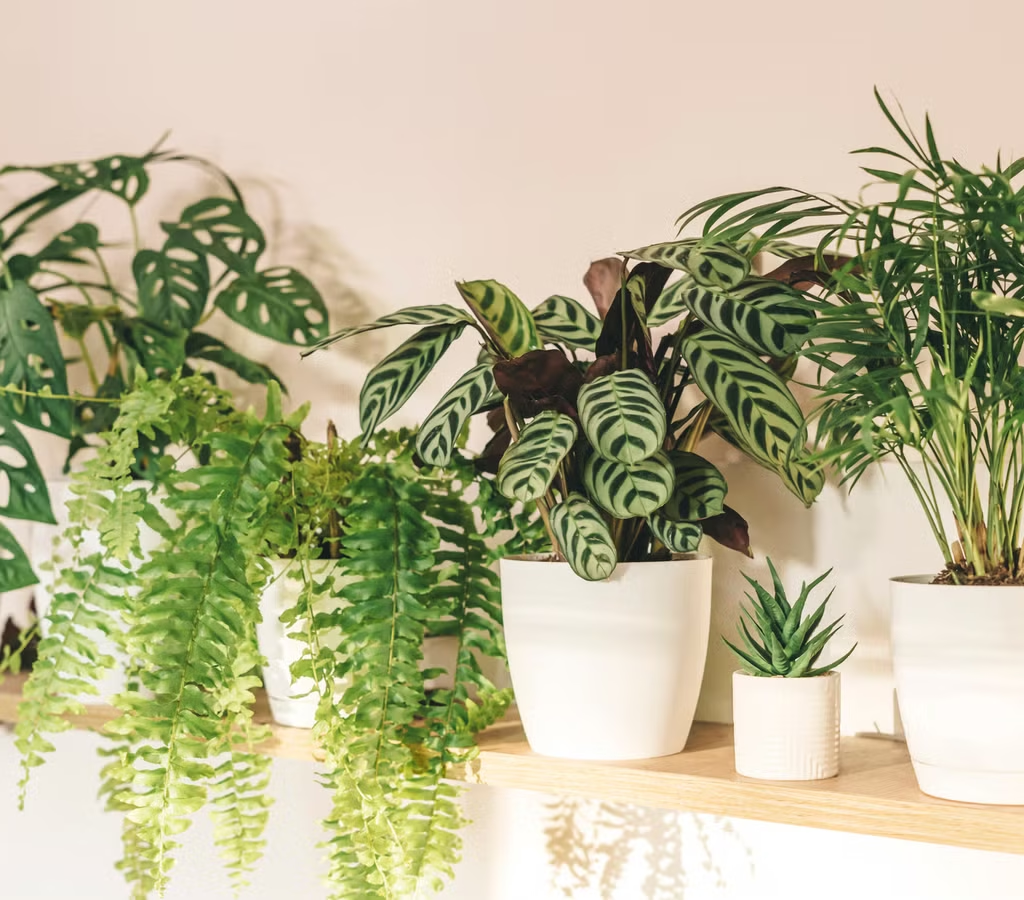
NASA’s Clean Air Study revealed that many houseplants can effectively remove harmful pollutants from the air, such as:
- Formaldehyde (found in furniture and cleaning products)
- Benzene (in paints and plastics)
- Xylene and Toluene (from adhesives and rubber)
- Carbon monoxide and trichloroethylene
Additionally, plants:
- Increase humidity
- Absorb CO₂ and release oxygen
- Trap dust particles
- Promote mental wellness and reduce stress
Even in low-light areas, certain hardy plants continue to purify air efficiently.
Top Low-Light Indoor Plants That Cleanse the Air
1. Snake Plant (Sansevieria trifasciata)
Light Needs: Very low to bright, indirect light
Air-Purifying Power: Removes formaldehyde, xylene, toluene, and nitrogen oxides
Why It’s Great:
One of the most tolerant plants, the Snake Plant can survive in nearly any lighting condition—even poorly lit corners. It also performs CAM photosynthesis, which allows it to release oxygen at night, making it perfect for bedrooms.
Care Tips:
- Water sparingly; allow soil to dry completely.
- Wipe leaves occasionally to keep them dust-free.
2. ZZ Plant (Zamioculcas zamiifolia)
Light Needs: Thrives in low to medium indirect light
Air-Purifying Power: Removes benzene, toluene, and xylene
Why It’s Great:
With its waxy, dark green leaves, the ZZ Plant adds elegance to dim corners. It’s virtually indestructible and survives neglect, dry air, and fluorescent lighting.
Care Tips:
- Water every 2–3 weeks.
- Avoid overwatering—its rhizomes store water.
3. Pothos (Epipremnum aureum)
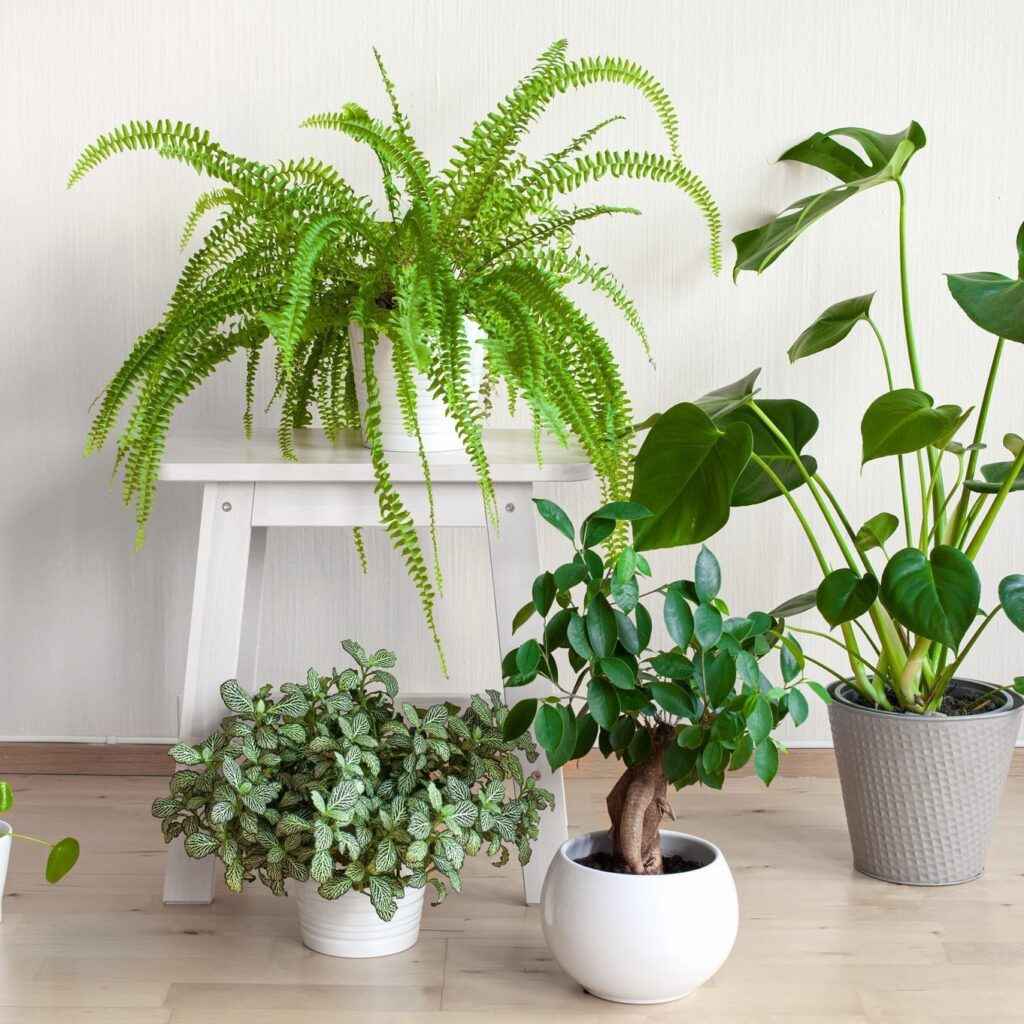
Light Needs: Low to moderate indirect light
Air-Purifying Power: Removes formaldehyde, carbon monoxide, and benzene
Why It’s Great:
Pothos, or “Devil’s Ivy,” is a fast-growing, trailing plant that thrives in low light and purifies air efficiently. It’s ideal for hanging baskets, bookshelves, or cascading from shelves.
Care Tips:
- Water when the top inch of soil feels dry.
- Trim regularly to encourage bushy growth.
4. Peace Lily (Spathiphyllum)
Light Needs: Low light to medium indirect light
Air-Purifying Power: Removes ammonia, benzene, and formaldehyde
Why It’s Great:
Peace Lilies are known for their lush foliage and elegant white blooms. They’re excellent at filtering a range of indoor pollutants and even increase room humidity—helpful during dry seasons.
Care Tips:
- Keep soil moist but not soggy.
- Wipe leaves and deadhead spent flowers regularly.
5. Cast Iron Plant (Aspidistra elatior)
Light Needs: Very low light tolerant
Air-Purifying Power: Filters dust and some VOCs
Why It’s Great:
True to its name, the Cast Iron Plant is almost indestructible. It tolerates low light, temperature changes, poor soil, and neglect. It’s perfect for dark corners or hallways.
Care Tips:
- Water only when soil dries out.
- Avoid direct sun—it scorches the leaves.
6. Spider Plant (Chlorophytum comosum)
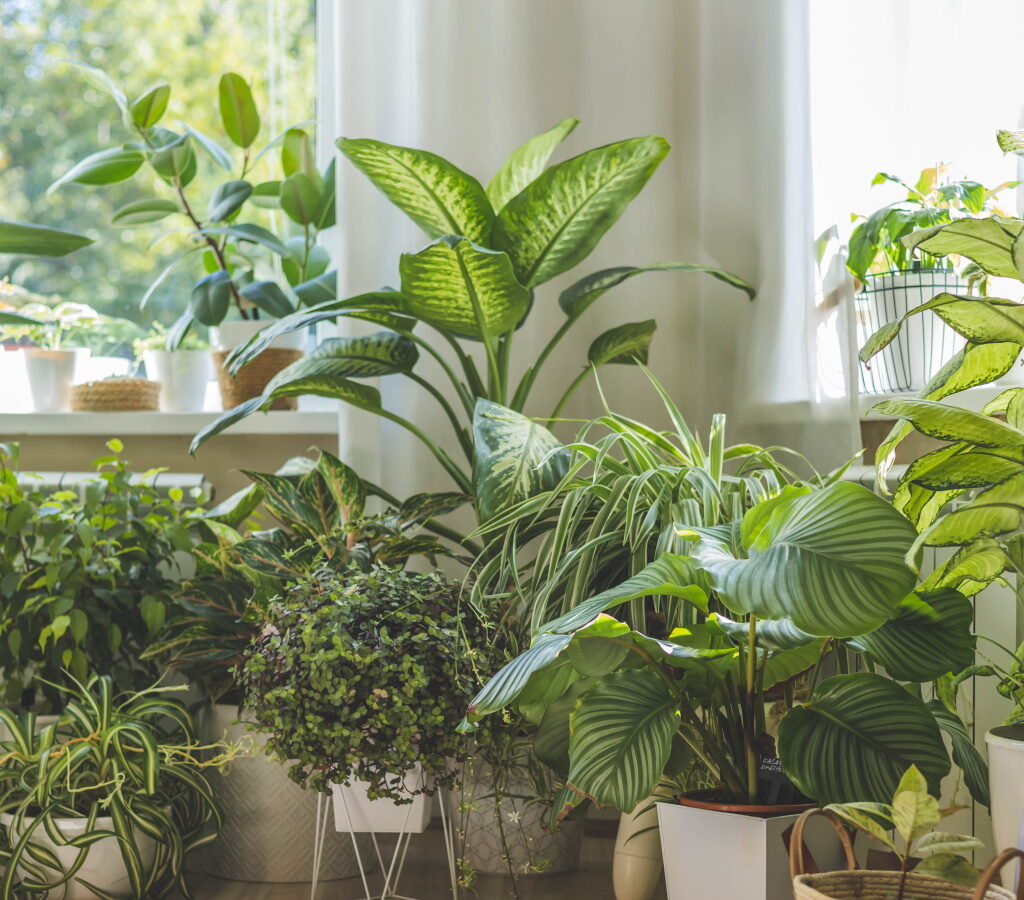
Light Needs: Low to bright indirect light
Air-Purifying Power: Removes carbon monoxide, formaldehyde, and xylene
Why It’s Great:
With arching green and white striped leaves, the Spider Plant is both decorative and hardworking. It thrives in low light and produces baby “pups” that can be replanted.
Care Tips:
- Allow the top inch of soil to dry out before watering.
- Great for hanging or tabletop planters.
7. Chinese Evergreen (Aglaonema)
Light Needs: Very low to medium light
Air-Purifying Power: Removes benzene and formaldehyde
Why It’s Great:
Chinese Evergreen comes in beautiful variegated foliage and thrives in shaded rooms. It also adapts well to poor air conditions and irregular watering.
Care Tips:
- Keep soil consistently moist.
- Clean the leaves to enhance photosynthesis.
8. Philodendron
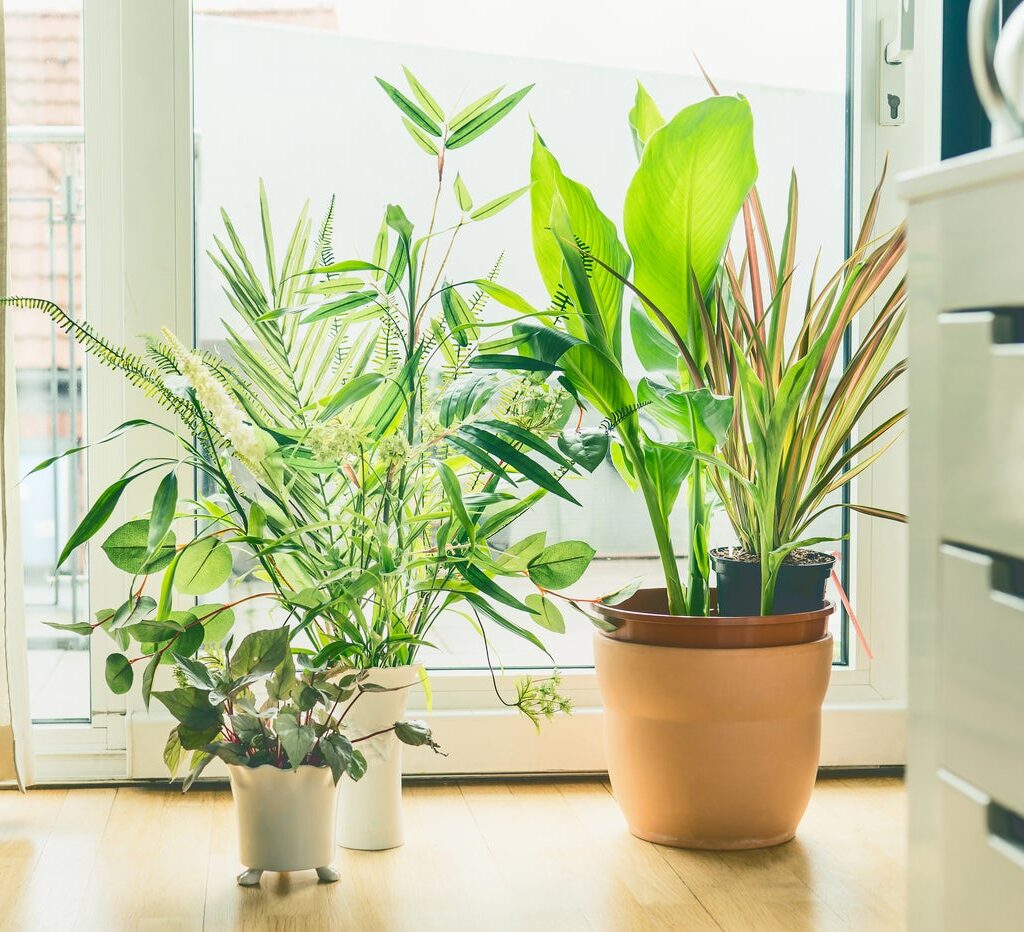
Light Needs: Low to medium indirect light
Air-Purifying Power: Absorbs formaldehyde and VOCs
Why It’s Great:
Philodendrons are classic low-light lovers that are easy to grow and come in many varieties (heartleaf, split-leaf, and more). Their broad leaves capture airborne toxins efficiently.
Care Tips:
- Water when the soil is dry to the touch.
- Avoid soggy roots by using a pot with drainage.
9. English Ivy (Hedera helix)
Light Needs: Low light, prefers cooler temperatures
Air-Purifying Power: Removes airborne mold, benzene, and formaldehyde
Why It’s Great:
This climbing plant is compact and powerful in improving indoor air. It’s especially useful in removing mold spores from the air—ideal for damp bathrooms or basements.
Care Tips:
- Water regularly; do not let it dry out completely.
- Prune to control growth and shape.
10. Dracaena (Dracaena fragrans and varieties)
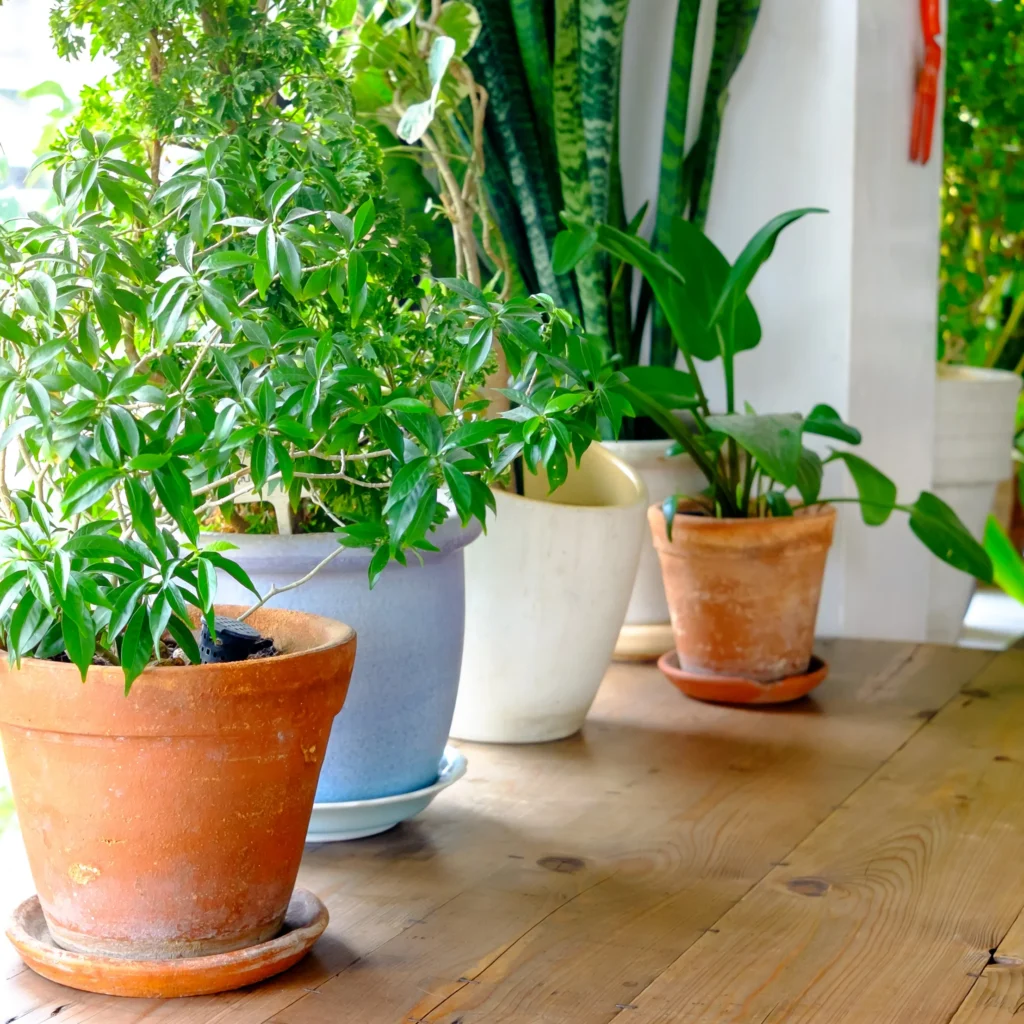
Light Needs: Tolerates low to medium light
Air-Purifying Power: Eliminates benzene, xylene, and trichloroethylene
Why It’s Great:
Tall, structured, and dramatic, Dracaenas are excellent statement plants for low-light spaces. Their sword-shaped leaves filter out pollutants from carpets and varnishes.
Care Tips:
- Keep soil lightly moist.
- Wipe leaves to prevent dust accumulation.
Tips to Maximize Air-Purifying Benefits
Here’s how to get the most out of your low-light air-purifying plants:
- Use multiple plants: NASA recommends 1 plant per 100 square feet.
- Keep leaves clean: Dust reduces photosynthesis and filtering power.
- Don’t overwater: Most low-light plants are prone to root rot.
- Rotate plants: Occasionally rotate plants to promote even growth.
- Group for humidity: Grouping several plants helps raise humidity levels naturally.
Ideal Spots to Place These Plants
- Bedrooms: Snake Plant, ZZ Plant, Peace Lily
- Bathrooms: English Ivy, Spider Plant
- Living rooms: Dracaena, Pothos, Philodendron
- Offices: ZZ Plant, Chinese Evergreen
- Hallways or corners: Cast Iron Plant, Philodendron
These plants don’t just survive—they thrive even in spots where sunlight is a rare visitor.
Final Thoughts
You don’t need a sun-drenched apartment to enjoy the health benefits of indoor plants. These low-light air-purifying plants are nature’s quiet helpers—working 24/7 to clean your air, balance humidity, and bring life to the darkest corners of your home or office.
Choosing a mix of these plants will not only elevate your space aesthetically but also help you breathe cleaner, fresher air. In an age of artificial environments and growing pollution, inviting greenery into your space is a small step with big benefits for your lungs, mind, and overall well-being.

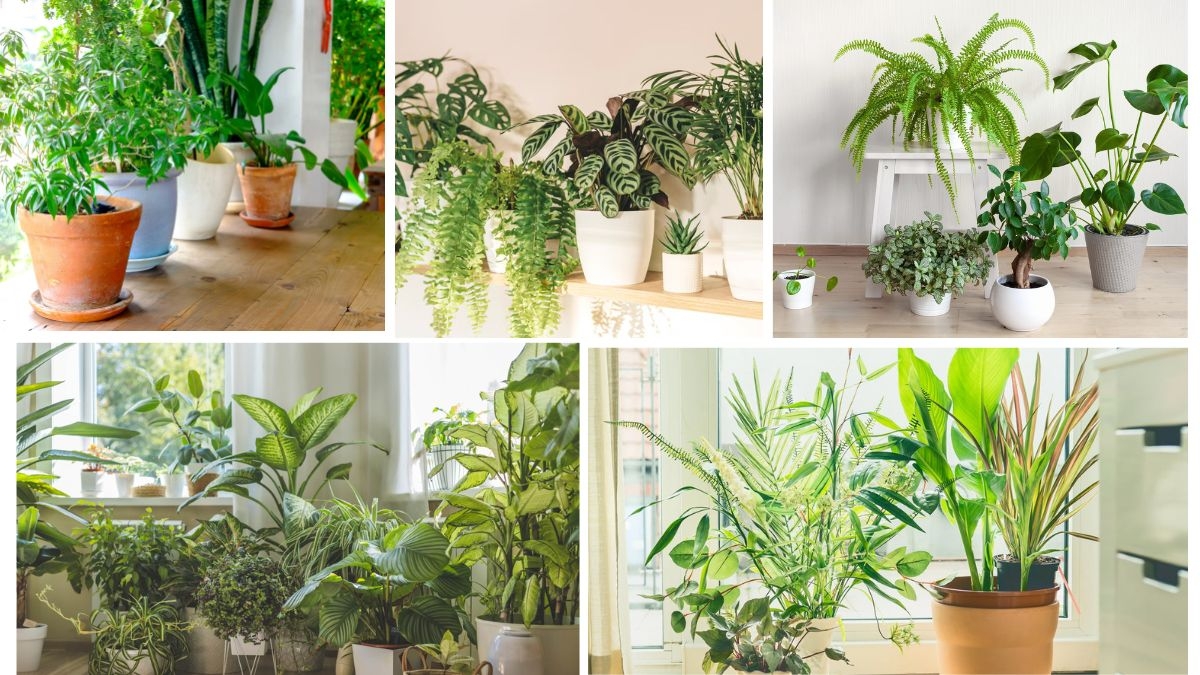



Leave A Comment